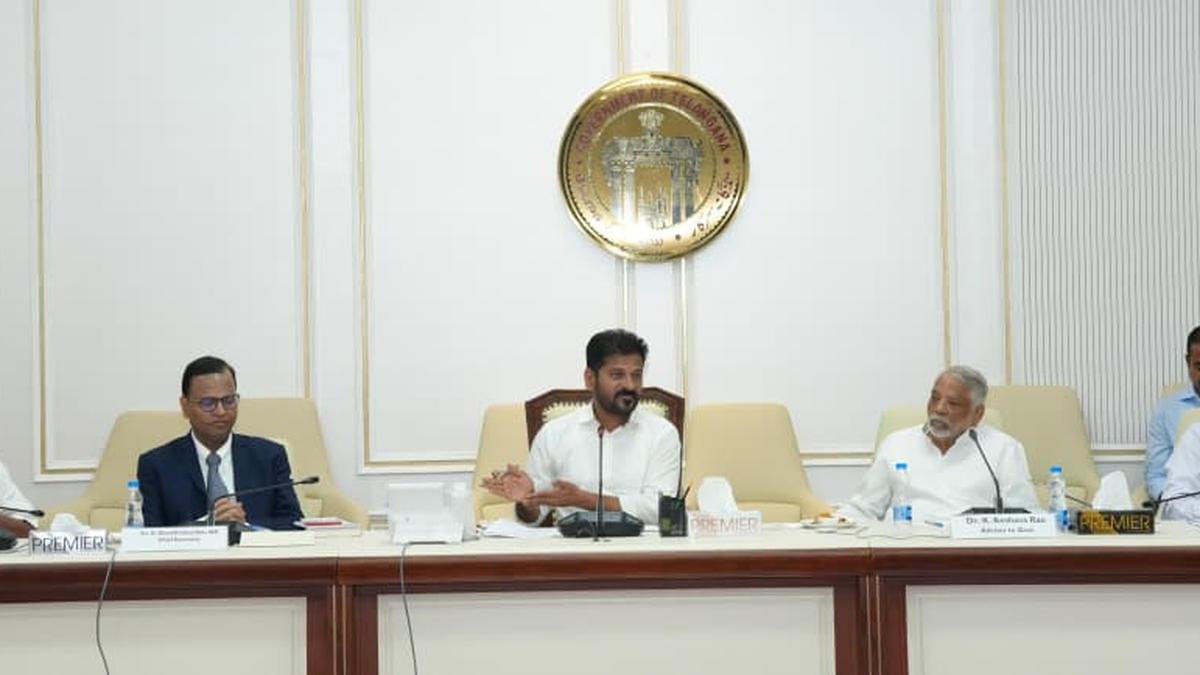Now Reading: Telangana CM Calls for Education System Overhaul as 98% Budget Spent on Salaries
-
01
Telangana CM Calls for Education System Overhaul as 98% Budget Spent on Salaries
Telangana CM Calls for Education System Overhaul as 98% Budget Spent on Salaries

Swift Summary
- Telangana Government plans to reform the state’s education system thru a new comprehensive education policy.
- Chief Minister A. Revanth Reddy emphasized that the overhaul is aimed at enhancing youth employability adn poverty alleviation.
- Feedback and suggestions from education experts are being sought for policy formulation.
- Existing challenges include misalignment with global standards, despite ancient contributions of universities like Osmania and Kakatiya.
- Notable statistics: out of 1.1 lakh engineering graduates annually, only 15% secure jobs; 98% of the ₹21,000 crore government budget is spent on staff salaries.
- The government identified issues in school systems serving:
– 18 lakh students: Government schools (27,000 institutions).
– 34 lakh students: Private schools (11,000 institutions).
- Total restructuring for grades I to XII will be undertaken; Central support requested via exemptions under FRBM norms.
Indian Opinion Analysis
The proposed changes reflect Telangana’s commitment to addressing systemic weaknesses in its education sector by aligning it with modern employment demands and international standards. By involving experts during formulation and aiming for comprehensive structural reforms, including exemptions on funding constraints under FRBM norms, the strategy could catalyze change not only within Telangana but set a precedent nationally if successful. However, balancing budgetary sustainability while optimizing outcomes remains a notable challenge given current resource allocations predominantly go toward salaries.
If effectively implemented, this bold approach has potential benefits beyond unemployment reduction-enabling economic revitalization by creating more competitive pathways for formal skills development among youth. Ensuring equitable access across private and government institutions will further determine whether goals of inclusivity are met.
























